10 Ways To Build A Customer-Centric Ecommerce Business
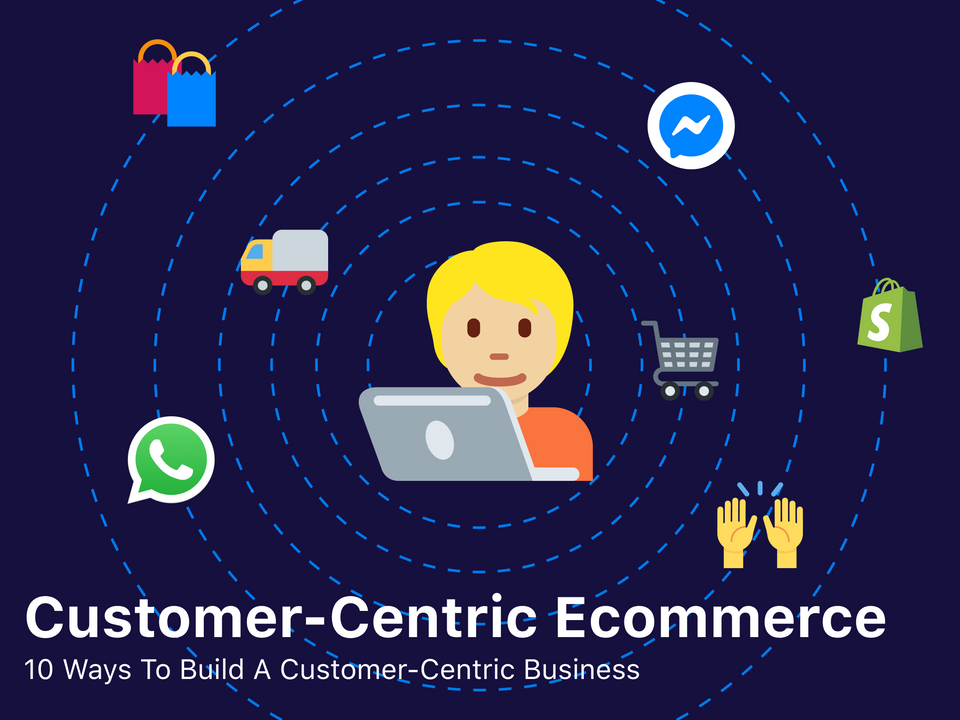
In customer-centric ecommerce, innovation is key to staying ahead of the competition.
Especially since we’re seeing more and more people take their businesses online with the help of Shopify and other ecommerce platforms.
Getting new customers is already a challenge in this increasingly crowded ecommerce space. Make sure these hard-fought customers of yours keep coming back for more! How?
By making sure every purchase leaves your customers feeling satisfied and happy. Build brand loyalty and trust by setting up a customer-centric ecommerce business.
We list ten innovative ways to improve your ecommerce business by taking a customer-centric approach.
From try before you buy strategies to voice assisted shopping, live chat support and AI-powered personalized offers: this list will turn your online store into a customer experience paradise.
Table of Contents
1. Let customers try before they buy
2. Upgrade your delivery options
3. Add voice assisted shopping
4. Add live chat for 24/7 support
5. Step up your personalization game with AI
6. Create augmented reality shopping experiences
7. Show real pictures from customers
8. Sell on Facebook and Instagram Shops
9. Help customers choose the right size
10. Let people search online and buy offline
1. Let customers try before they buy
Klarna offers a range of payment options, like Klarna Pay Later, Pay Now and Slice It, which are designed to offer customers payment options that suit their needs, while being safe and secure for both parties.
The benefit of adding Klarna payments is that people can, for example, buy a product and try it first before actually finishing the payment. If the customer decides to return the item, they don’t have to wait for reimbursement.

Recently, Klarna integrated its services with Shopify which enables Shopify store owners to add Klarna services in the blink of an eye.
2. Upgrade your delivery options
Most people that buy something in your online store want to have it delivered as soon as possible. Because let’s face it. That’s the instant gratification customer experience brick-and-mortar stores offer.
You can use Packaly to offer your customers a same-hour delivery service. How’s that for guaranteeing customer satisfaction. There’s the option to schedule a 60-minute time slot for delivery the next day, too. But who wouldn’t want an online order delivered to their doorstep within the hour.

Not only is Packaly revolutionizing on-demand delivery, they’ve made it their mission to minimize their carbon footprint by keeping their deliveries CO2 neutral. It’s customer-centric and environment-friendly.
If you’d rather cut out delivery entirely, you could include an option for customers to pick up their order themselves. Tools like Zapiet’s Store Pickup + Delivery allow you to let customers decide when and where to pick up their order.
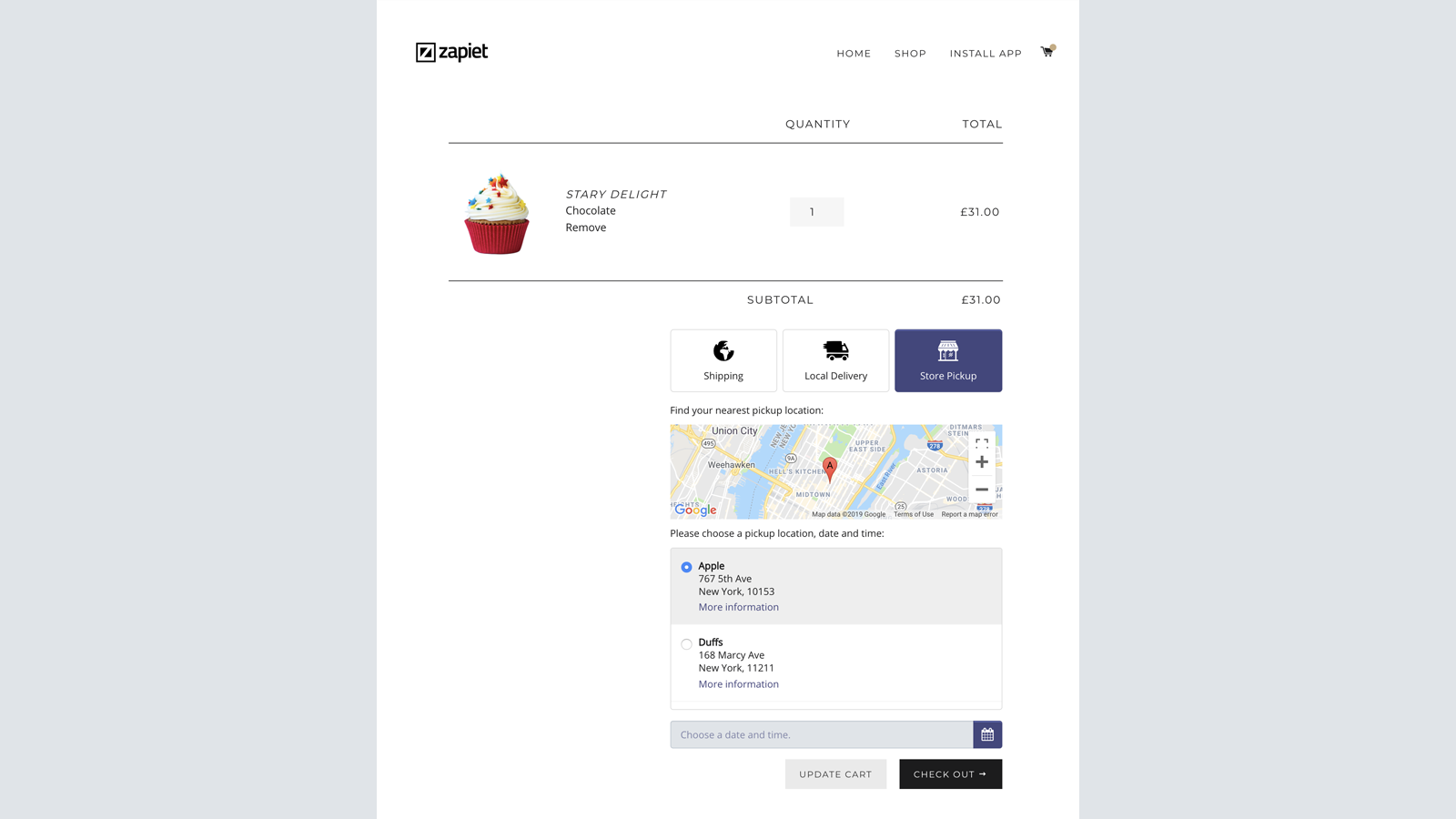
Whichever delivery option you choose, a customer-centric approach for your online store is going to keep your customers coming back for more. Turn customers into loyal fans to ensure you build recurring revenue.
3. Add voice assisted shopping
Alexa, tell FashionCo to tell me about today’s deals
Your customers want a fast, frictionless shopping experience. With Voicefront.ai you can minimize the time it takes customers to complete a purchase in your store. Drastically shorten the sales cycle, from start to check out, by letting visitors shop using their voice.
It’s like adding Alexa, Siri and Google Assistant to your traditional sales channels. Voicefront.ai integrates with Shopify, so you can easily link your product catalog and create a custom voice shop.
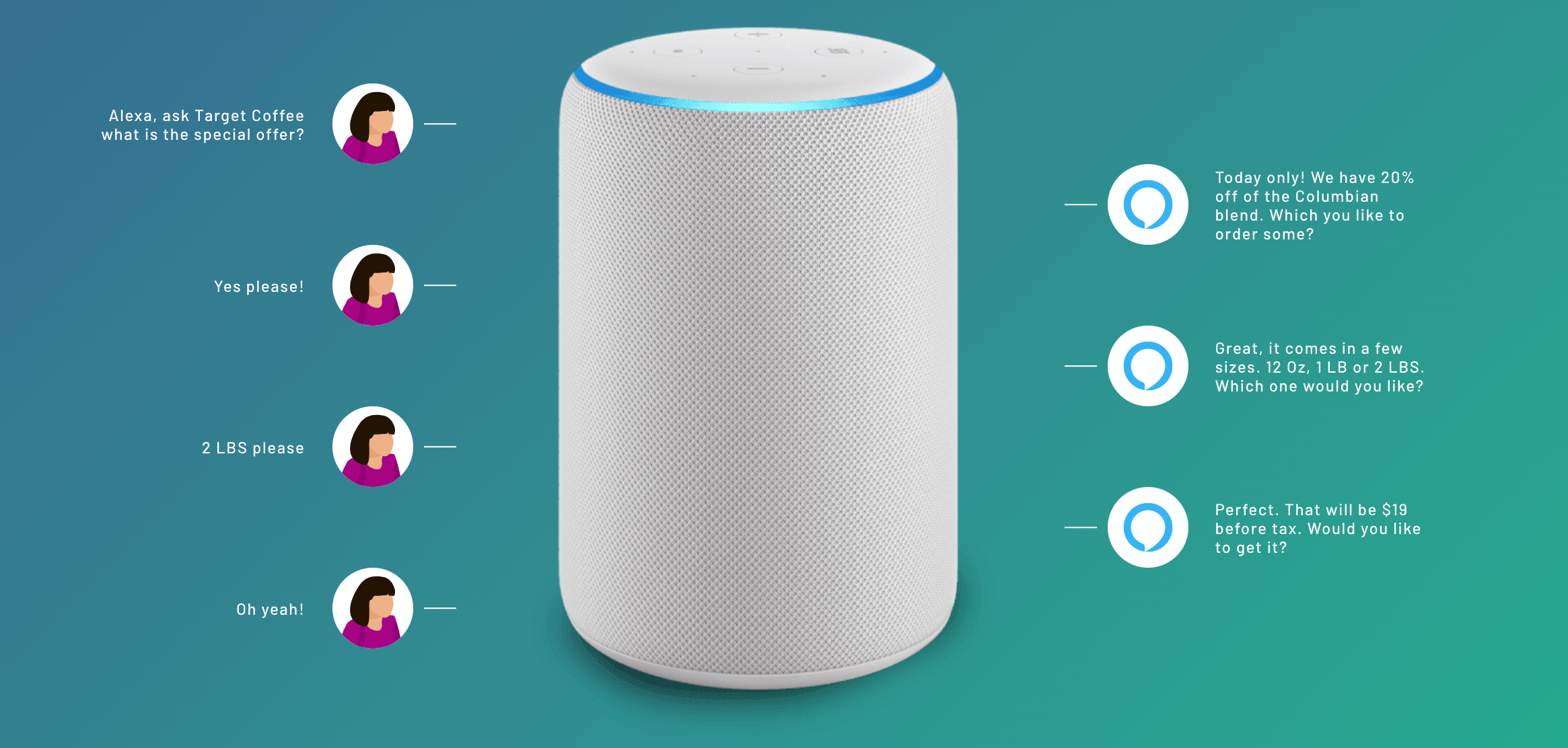
What’s more, a voice assisted shopping experience is an amazing branding opportunity. You’re having an actual conversation with your customers, which lets you define your brand voice - literally - in a totally unique way.
4. Add live chat for 24/7 support
Using POP, you can service your customers by running live chat support, straight from your website. Combine the live chat feature with marketing and growth tools, like abandoned cart recovery, or other timely notifications.
Let people opt in to receive a notification on Messenger when your next collection drops, for instance. Start conversations with your customers to turn them into loyal fans. It’s a great customer-centric approach to growing your online business.

Messenger recently updated the Live Chat UI. They also added a feature where you can log in as a guest. This means that setting up a Messenger Live Chat plug-in can serve each and every one of your website visitors.
Facebook says that businesses using the new chat plug-in have seen a 45% increase in customers inquiring about their products and services. How’s that for a customer-centric experience?
5. Step up your personalization game with AI
A lot of online stores use personalized recommendations to try to upsell more products. Which is a great idea, of course. But your conversion rates aren’t going to improve if you’re offering the wrong item to the wrong client, at the wrong time.
Enter Bold Brain, the AI and Machine Learning tool by the Bold Commerce family of apps. Bold Brain uses data from your store to pair products together and recommend upsells. It takes hundreds of data points such as order history, trends, interest, and intent, and automatically generates upsells based on these data points.
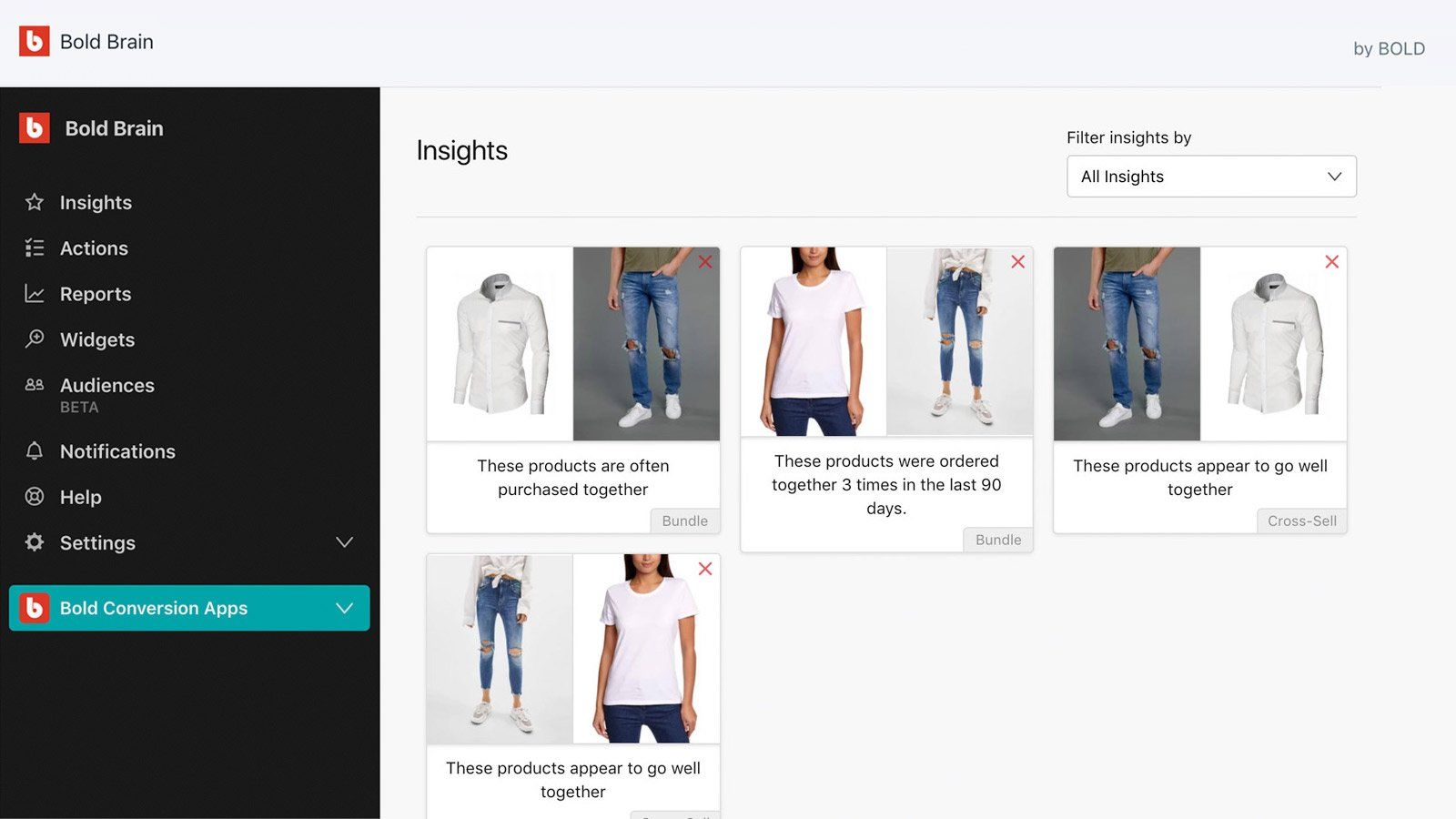
It’s a form of personalization that focuses on what the customer wants, while maximizing average order values for your ecommerce business. It’s a win-win situation entirely.
6. Create augmented reality shopping experiences
Snapchat has used AR Lenses to feature products before. Recently, however, they partnered with Gucci to showcase its new ‘Shoppable AR’ technology. For this new campaign, two AR ‘Try-On’ Lenses will let Snapchatters use augmented reality to ‘try on’ four pairs of Gucci sneakers.
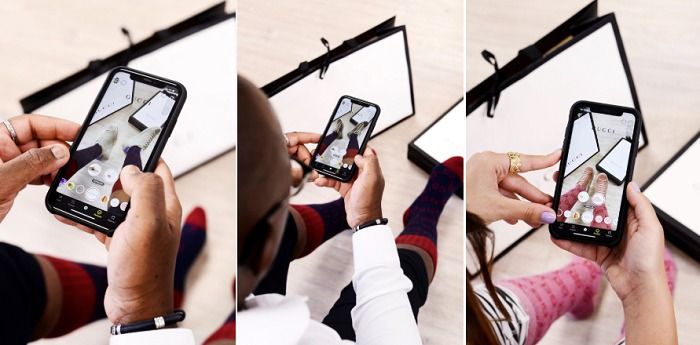
What’s new about this technology is that people will be able to purchase the shoes directly from the Lens via a ‘Shop Now’ button. Especially in the fashion industry, seeing what a product looks like while you’re wearing it is a service that’s mostly limited to brick-and-mortar stores.
If you want to differentiate your ecommerce business from your competitors, you should definitely consider experimenting with AR campaigns like the one Snapchat set up.
7. Show real pictures from customers
Nothing beats photo reviews of your products as a bit of social proof for your ecommerce business. User-generated content like photo reviews, with real pictures, taken by real customers, simply convince more people to buy.
Sure, the photos on your product pages paint a pretty picture. But seeing that pair of sneakers worn by an actual person, from a weird angle, with soft lighting. That’s what makes the product real, and convinces people to buy.
You can use a tool like Flowbox for your website. Flowbox lets you showcase customer photos and videos in customizable galleries called ‘Flows’ to boost engagement, improve time-on-site and increase conversions. It’s easy to set up, and a great approach to visual marketing.
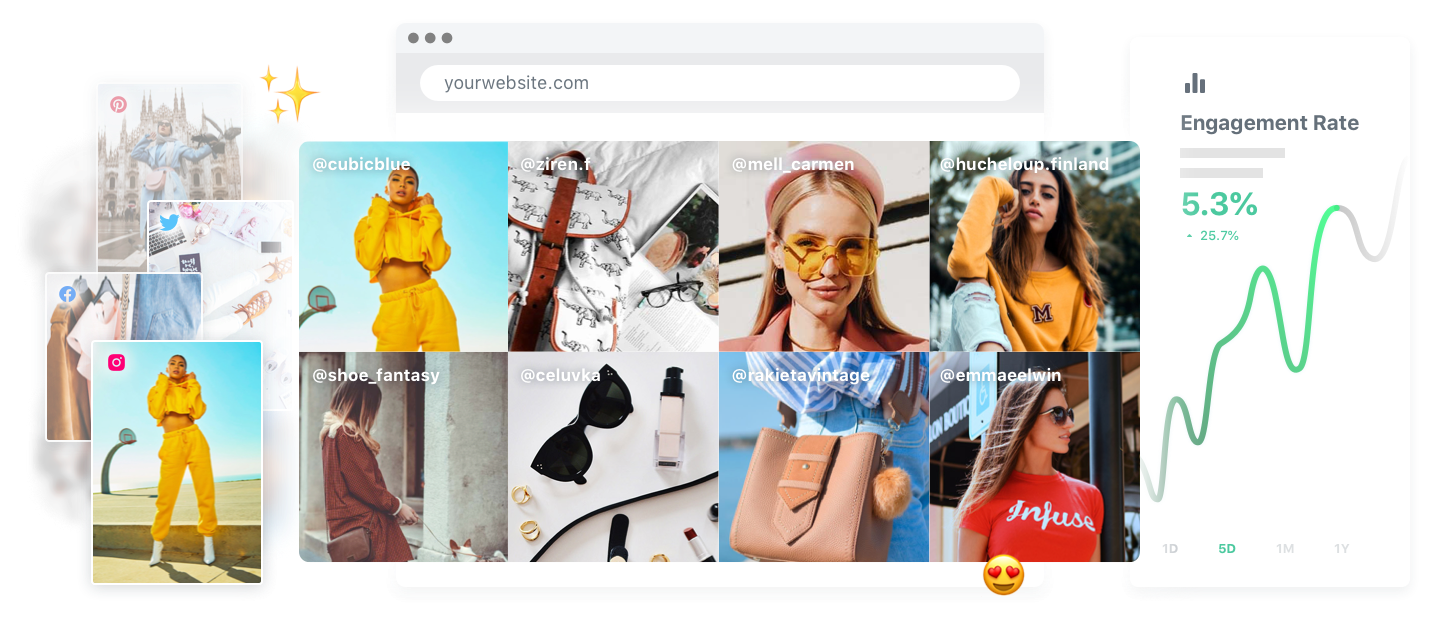
If you’re on the Shopify ecosystem, Loox is probably the way to go. It’s got a bunch of cool and powerful features, like the Loox Popup. This popup allows you to surface relevant product reviews while visitors browse. Your customers are going to love it.
8. Sell on Facebook and Instagram Shops
There’s a new sales channel in town, and it’s a big one. Shops for Facebook and Instagram allows you to turn your social media accounts on these platforms into actual online stores. Take a quick look at the following video:
Shops has been steadily rolling out across regions, so it’s highly likely that it’s available for you as well. Set it up in minutes to start selling straight from your Facebook page or Instagram account. This is a great ecommerce hack if you already have sizable followings on those platforms.
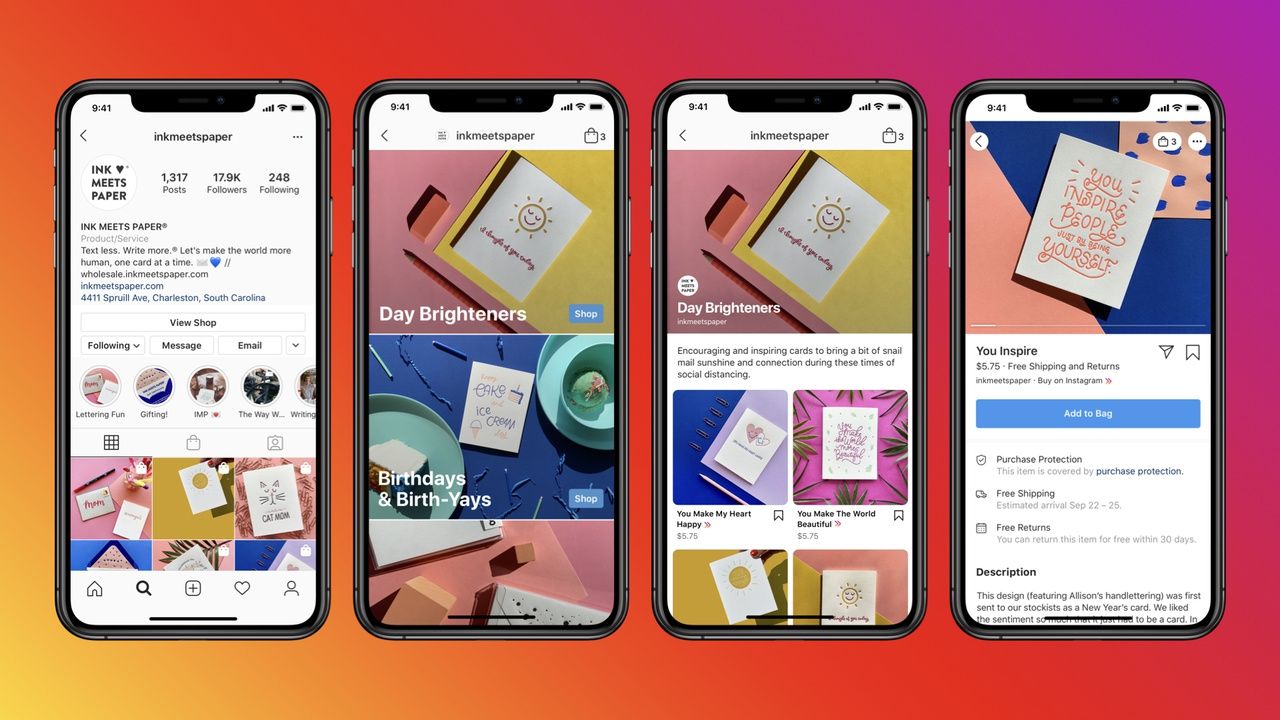
What’s more: Facebook partnered with Shopify to power Shops with Shopify architecture. This means that, if you already run an ecommerce business on Shopify, you can easily integrate it with Shops and link your product catalog.

If you’re using Facebook or Instagram to promote your business, why not let customers buy directly from those platforms? It’s definitely a customer-centric strategy to create a frictionless shopping experience.
Early adopters will benefit most, of course. Get started early and set up your Facebook and Instagram Shops to build an ecommerce empire to be reckoned with.
9. Help customers choose the right size
Fit Analytics is the number one solution to a specific ecommerce problem: sizing. When shopping online, you can’t really try on a product before you buy it. And actual sizes differ across brands and products, so things can get messy. On top of that, some people prefer loose fits over slimmer alternatives.
With Fit Analytics, you can solve sizing problems for your customers by using a range of clever tools. A state-of-the-art size advisor captures customer intelligence and combines this machine learning. This inspires confidence in customers and ensures they’re purchasing the right size product, leading to better conversions and less returns.
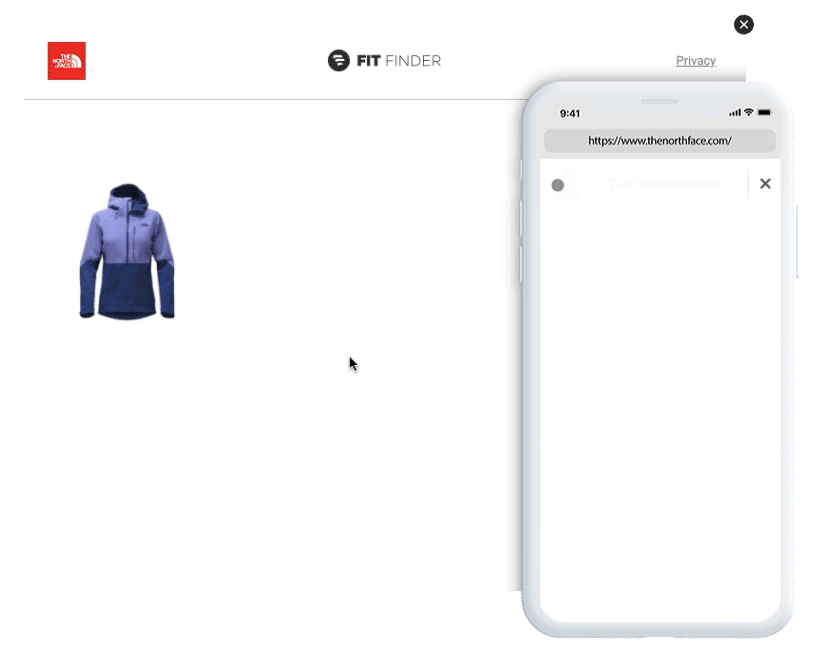
This tool offers one of the most sophisticated, data-driven solutions to the ecommerce sizing problem out there. Its aggregated data solves sizing at scale, and it works.
For example, Dutch online department store, Wehkamp, saw +10.2% conversions and -1.2% returns after implementing Fit Analytics. If you’re ecommerce business focuses on apparel, this is your best shot at differentiating yourself from your competitors.
10. Let people search online and buy offline
The ecommerce revolution is raging on, but that doesn’t mean people don’t shop in person anymore. There’s a bigger sense of satisfaction to in-person shopping - in fact, 80% of shoppers say instant gratification drives in-person sales.
This leads to something called the ROPO effect. ROPO stands for Research Online, Purchase Offline. There’s a few ways you can tap into this effect to maximize your sales and serve your customers.
First of all, you’ll want to make sure your online and offline inventory is synced. Using a cloud-based Point of Sale (POS) system like Lightspeed or Shopify POS can take care of inventory management for you.
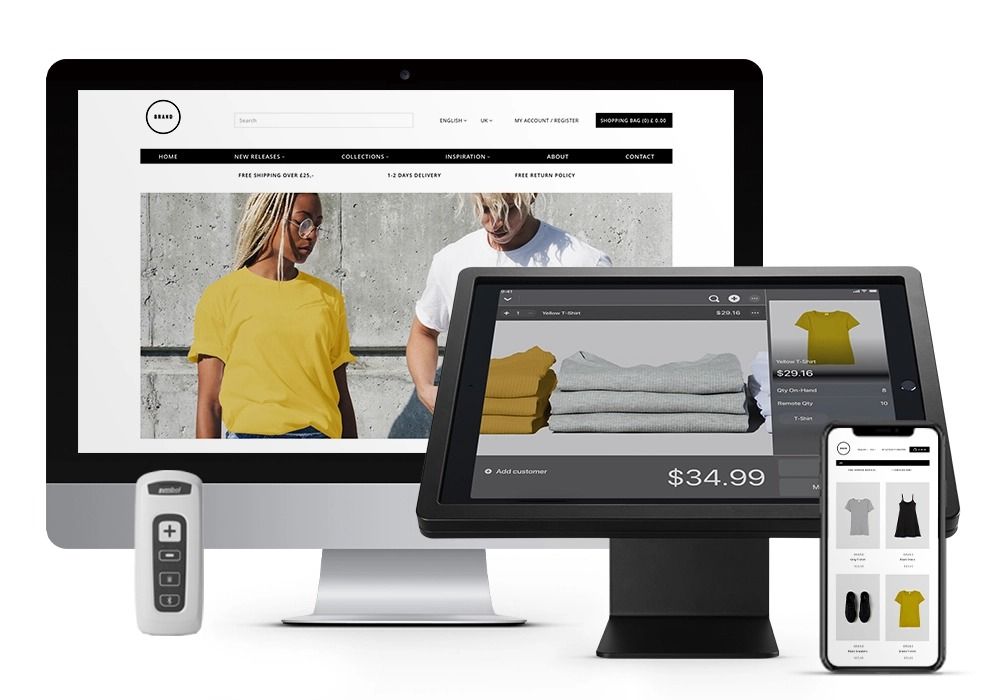
At the same time, you’ll want to optimize your store so it’s clear at which offline locations your online products can be purchased. Better yet, if you have several offline retail locations, display real-time stock per location, so people can see where they can pick up your products.
You can even track “soft conversions” by adding a button to a product page that lets people who click on it see the brick-and-mortar store stock levels for this product.
Pro-tip: try letting people sign up for back in stock notifications as well.
You might want to do some statistical analysis on which products in your store might be the most prone to the ROPO effect, and change your ad strategy accordingly. As long as you put the customer first and let them know products are available both on- and offline, you’ll see a clear increase in sales.
What other unique customer-centric strategies can you think of? Which will be the best, customer-centric ecommerce innovations in 2020?
Let us know and we might include them in this list.
Or why don't you connect to ShopPop directly through Messenger at https://m.me/shoppophq